Uschi Felix (Melbourne) p.29-44
2002 Issue 1
Abstract
Resources on the World Wide Web are growing at breakneck speed and at a volume that is beginning to overwhelm even the keenest of surfers. While the body of materials available for language learning is relatively small by comparison with other subjects, two issues are still of concern – duplication and complexity. Effort is being duplicated in a variety of areas and, as sites multiply, it becomes harder to locate the material that is both useful and excellent.
This paper summarises the findings of a four-year survey of approaches to language teaching and learning via the Web (Felix 1998, 2001). The pace of development can be seen in the fact that the later publication has expanded its coverage to include Webquests, collaborative activities, sites for children, the growing world of publishers’ sites and metasites, as well as software tools and aids to professional development. It has also incorporated the very large category of English language sites into the main database.
The purpose of the survey was to find examples of best practice in whole stand-alone courses, integrated mixed-model courses (Web/CD-ROM/face-to-face), and interactive exercises for the development of all four skills.
The findings suggest that, in some languages at least, a large number of excellent resources exist. Even better, there are enough to make it more economical to integrate the best materials into existing courses, rather than spend time and money repeating work that has already been done.
